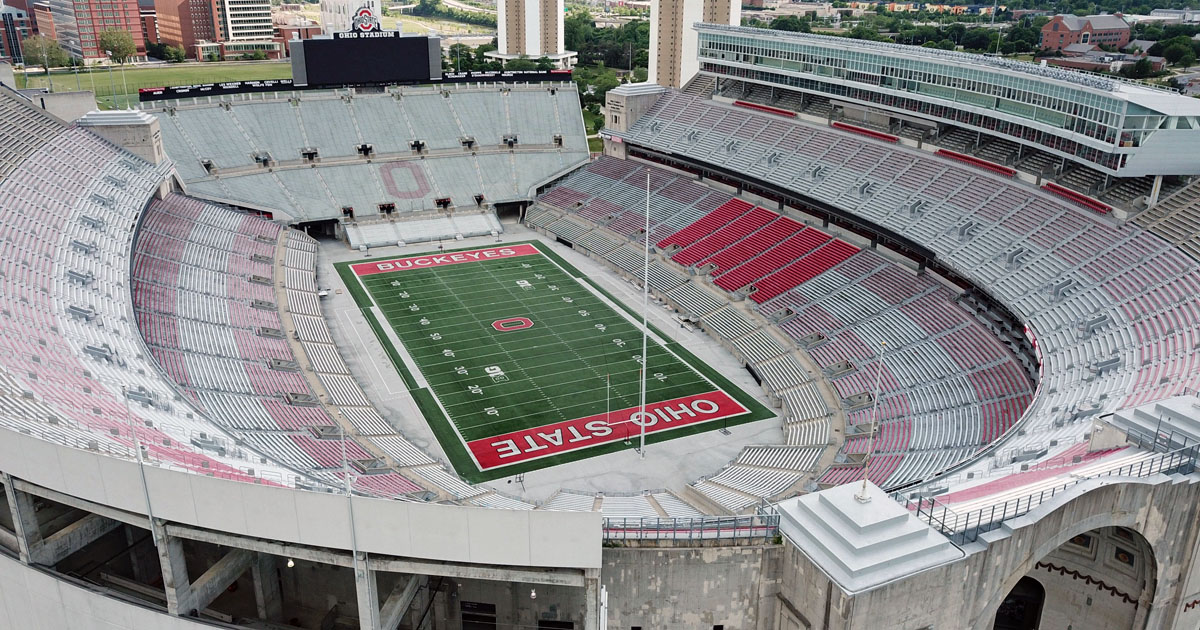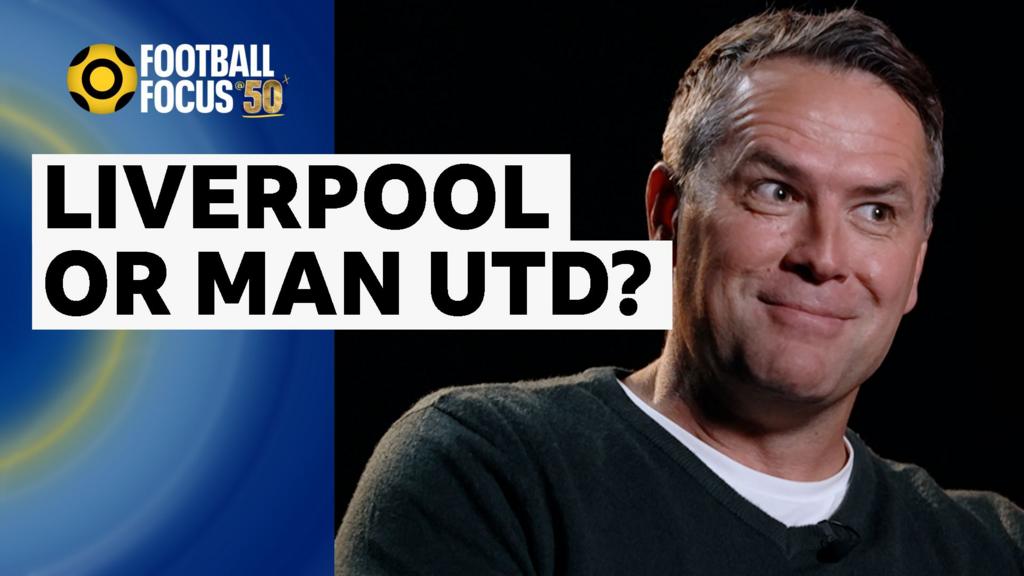Karl Brooks analysis: Stats show Packers defensive tackle quietly progressed in Year 2
The common perception on Karl Brooks is that he took a step back in Year 2, but the deeper stats show he actually made some real progress in 2024.

After impressing as a rookie sixth-round pick, Green Bay Packers defensive lineman Karl Brooks did not garner the same kind of plaudits in Year 2. Did he take a step back? Let’s take a look at what the numbers say about his performance through two seasons:
Strengths
Brooks has been an effective pass rusher on the defensive line early in his NFL career, making his impact felt as a rookie and a sophomore. Compared to other qualified interior defenders, he ranks in the 75th percentile for hurries per pass rush opportunity (HUR/OPP) since 2023.
He has 21 hurries in each of the last two years despite not being a full time player and playing fewer snaps per game against the pass in 2024. Brooks has found his way to the QB regularly, ranking in the 69th percentile in sacks per opportunity (SK/OPP) with four in each season.
Using PFF’s pass rush productivity (PRP) metric, Brooks lands in the 71st percentile, as well as ranking in the 69th percentile for pass rush win rate (WIN%), showing his efficiency as a pass rusher in the opportunities he gets.
While none of them constitute a true strength, Brooks ranks above average in HUR/OPP, quarterback hits per opportunity (HIT/OPP), SK/OPP, PRP and WIN% against true pass sets.
Another strength of Brooks’ game is that he is rarely penalized, ranking in the 78th percentile in penalties committed per snap with just one flag in two years, and none in 2024.
Weaknesses
The run game is naturally the weakest part of Brooks’ game. He is not the most hulking of defensive linemen, and essentially played as an edge rusher a lot of the time in college, so it has been an adjustment for him to fulfill his run responsibilities inside at the NFL level.
His lack of prowess in the run game is reflected in his snaps in that phase. Brooks ranks in just the ninth percentile since 2023 in run defense snaps per game, and it is justified, as on the whole he has not been especially useful.
Brooks sits in the 19th percentile for tackles per run defense snap (TKL/S), the 22nd for missed tackle rate against the run (MIS%), and the 27th percentile for run stop percentage (STOP%), which are tackles resulting in a failure for the offense.
Entering Year 3, Brooks is much more pass rusher than run defender, which will naturally limit his viability as a three-down player.
Trending up
Brooks has essentially been the same player in each of his first two seasons in terms of rushing the passer, with ever so slight improvements in a variety of categories, but he did take a big jump in HUR/OPP against true pass sets from the 42nd to the 70th percentile.
While the run game may never be his forte, Brooks did make real strides in that regard in Year 2, going from one of the worst run defending defensive linemen in the league according to the numbers to a slightly below average one overall.
His snap count went from the 5th to the 13th percentile year on year, which he earned, jumping from the 11th to the 26th percentile in TKL/S, the 15th to the 29th in MIS% and the 21st to the 33rd in STOP%.
The biggest improvement though was in his average depth of tackle (AVDT), which went from the 10th percentile to the 79th, meaning he was increasingly making tackles closer to the line of scrimmage, where they are more impactful.
Trending down
The only area Brooks really regressed in any notable way between year one and two was in quarterback hits. He went from the 69th percentile to the 45th, with only three QB hits compared to five as a rookie.
Given he marginally fared better snap to snap against the pass and was markedly better against the run in, it was surprising to see Brooks’ overall PFF grade decline from 69.8 as a rookie, well above average, to 61.8 in 2024, barely above the average benchmark of 60.
This speaks to the problem with looking at the surface level PFF grades and not digging deeper. The fact he played fewer snaps per game against the pass than the year before, where he is stronger, and more against the run, where he is weaker, may have skewed the overall grade.
Through two seasons, Brooks has been pretty much a league average defensive lineman in terms of his overall impact, based on a profile which shows him to be a borderline dangerous pass rusher, and a below average run defender.
The "under the hood" numbers suggest he was better in Year 2 than in Year 1, and the improvement against the run in particular bodes well for his potential to become closer to a full time player rather than just a sub rusher. It will be interesting to see how his role expands in 2025.
This article originally appeared on Packers Wire: Packers DT Karl Brooks quietly progressed in Year 2
What's Your Reaction?




























